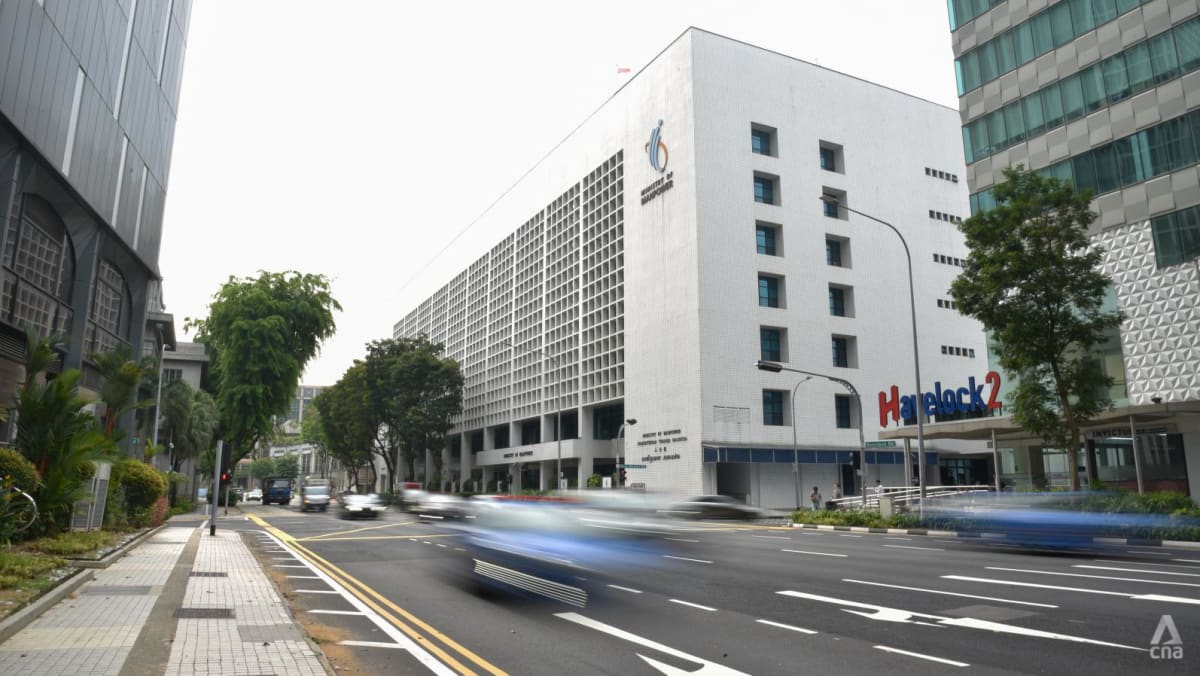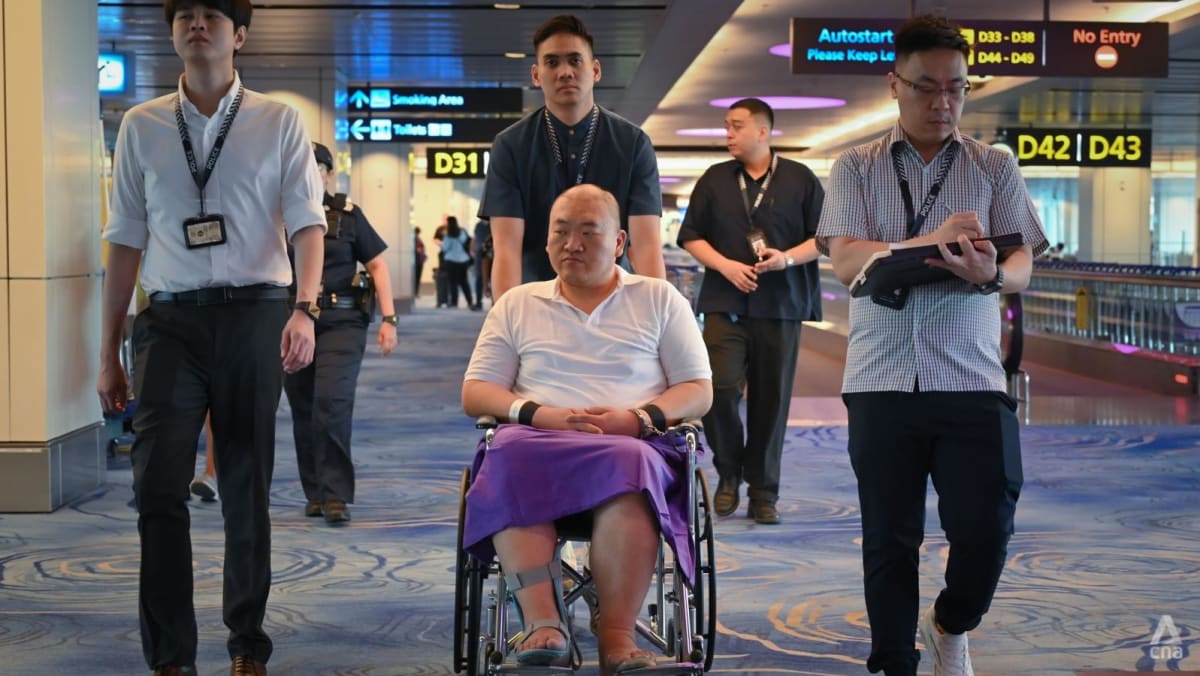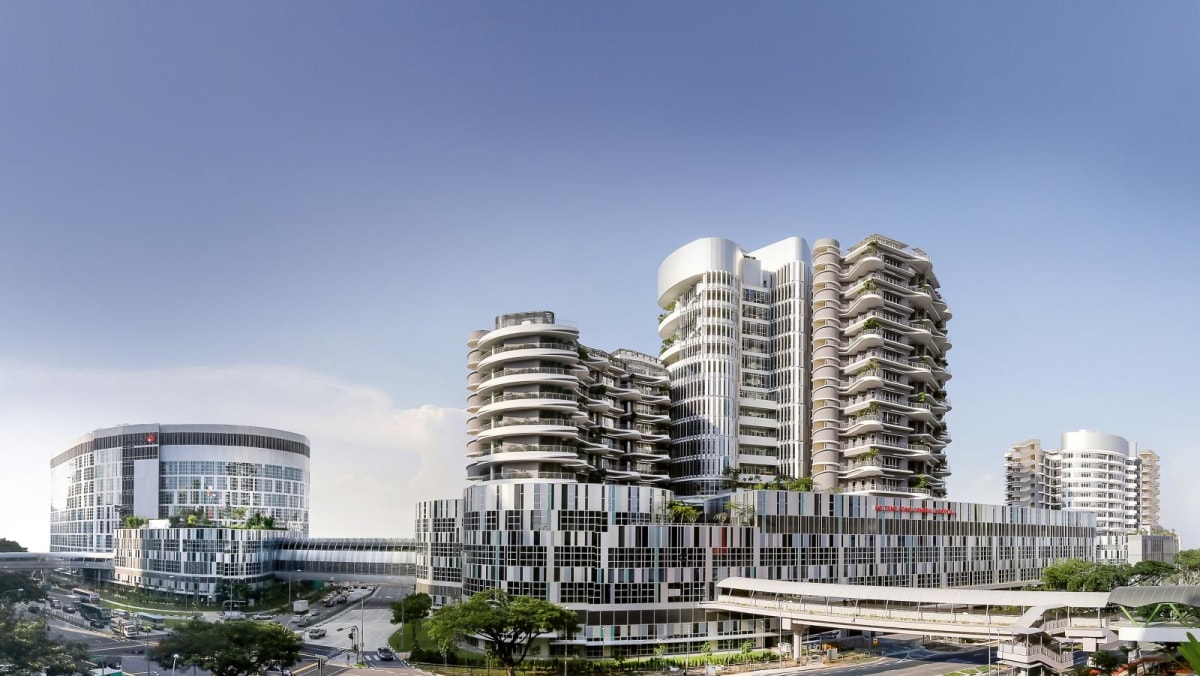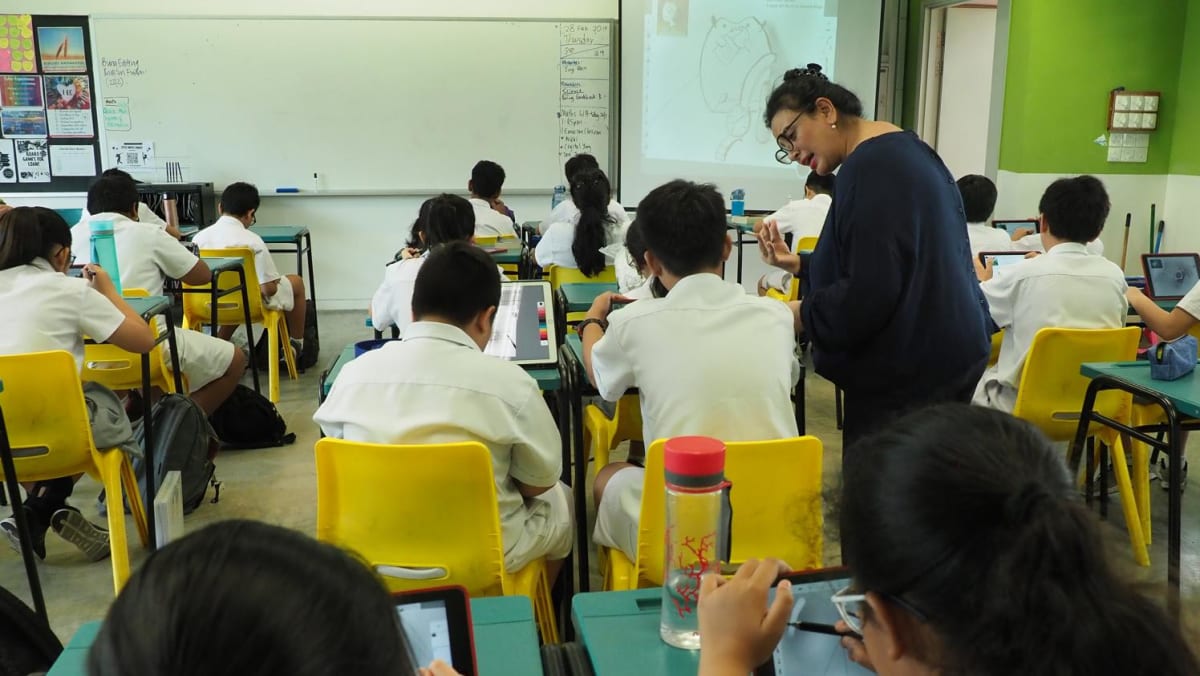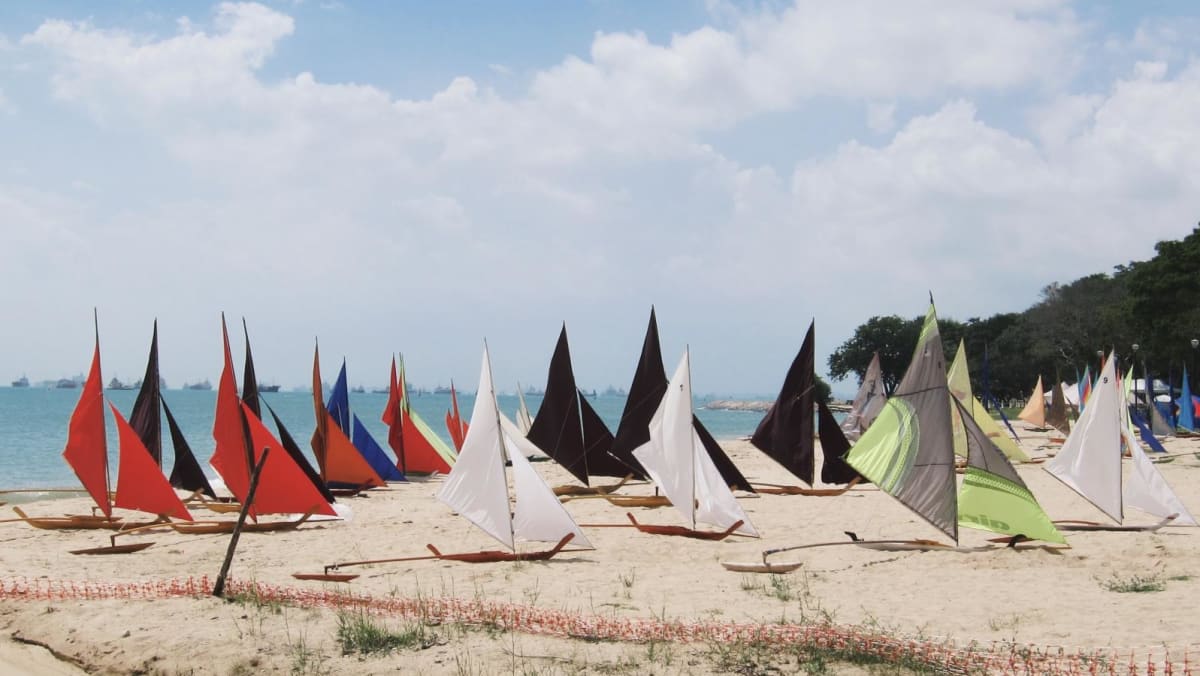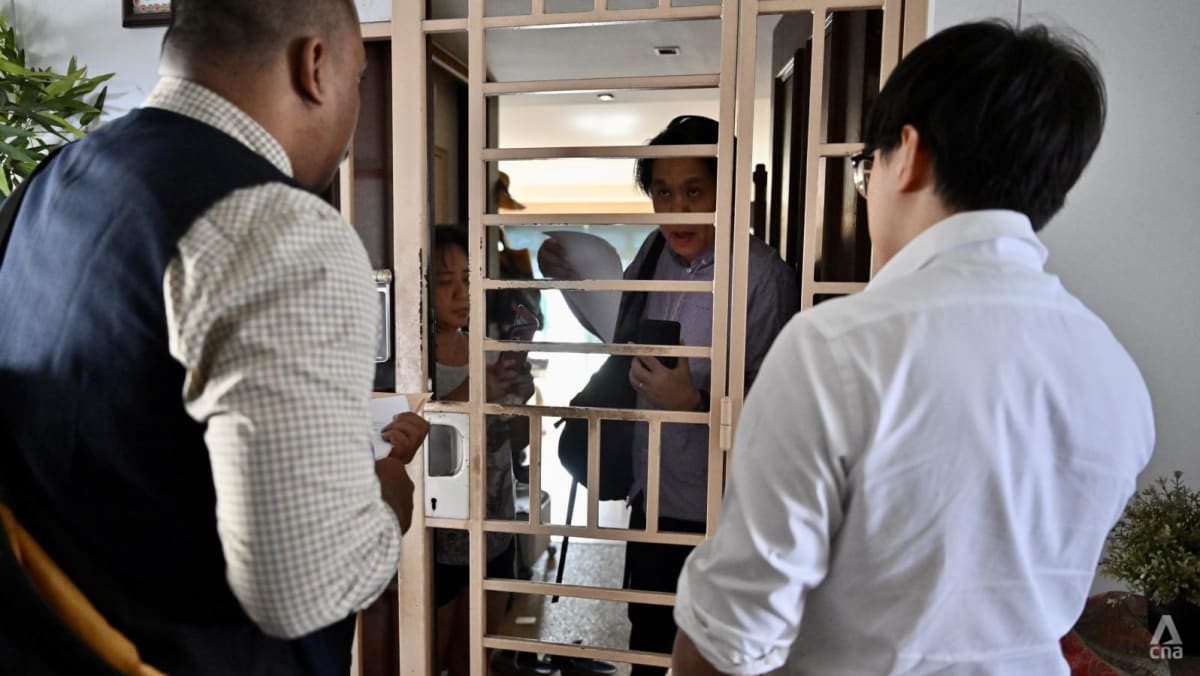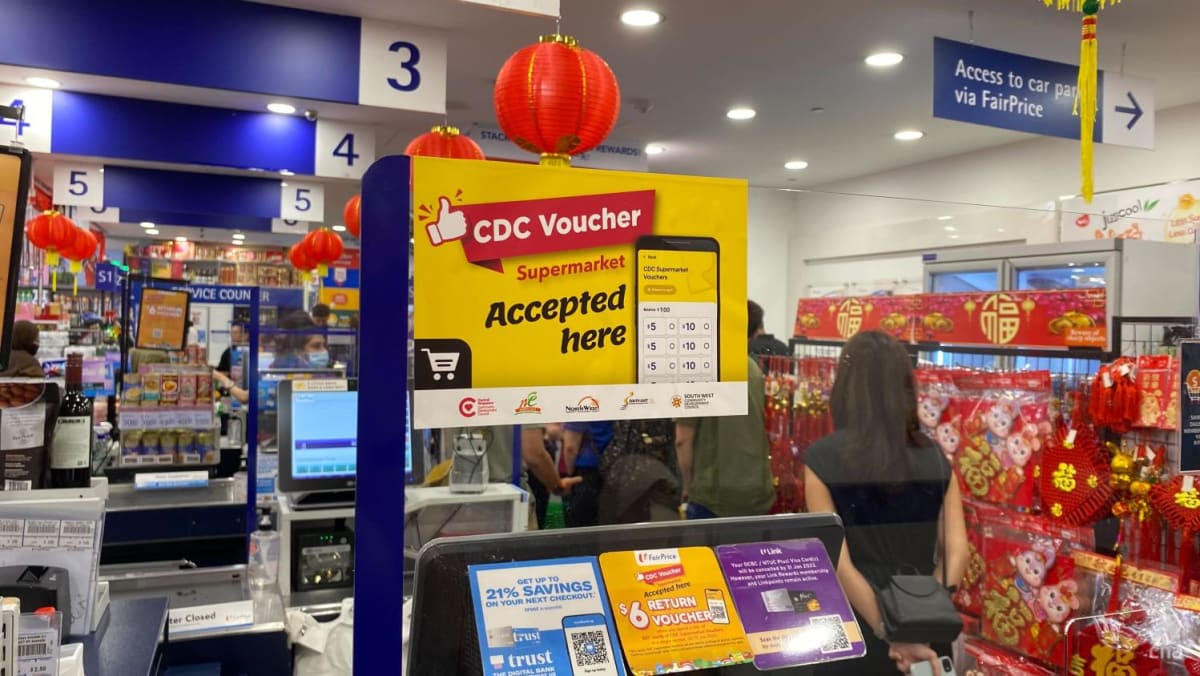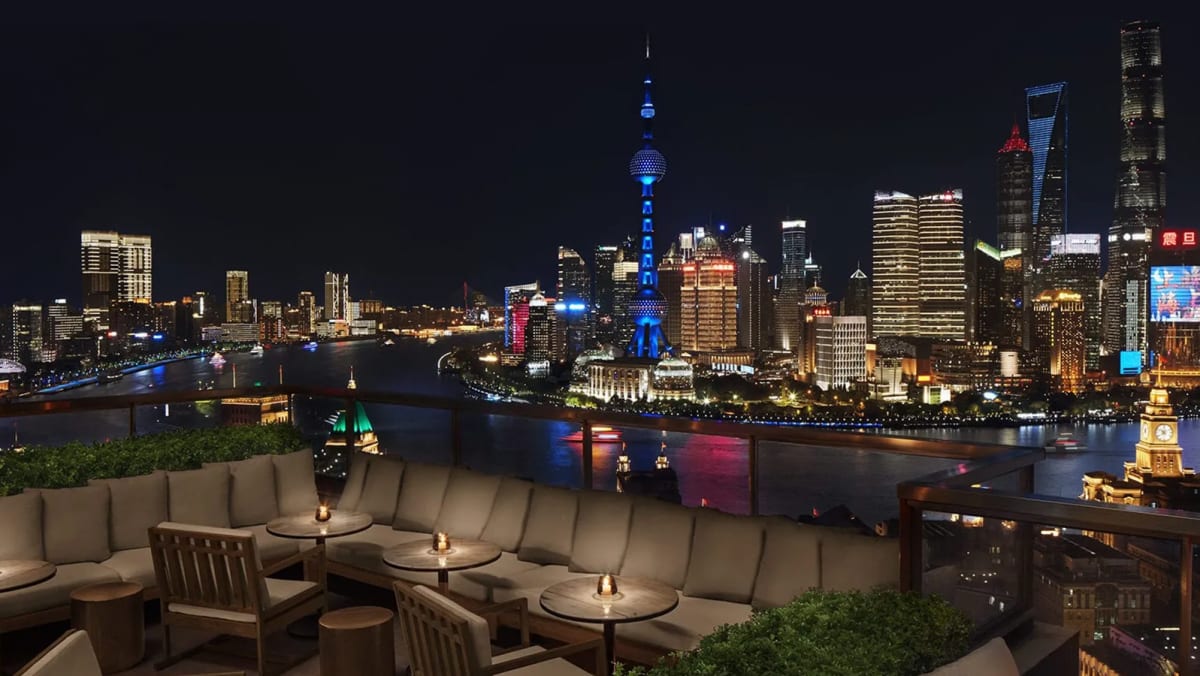The Singapore Retailers Association has urged more retailers to offer unique shopping experiences to attract customers and stave off competition from other markets like Johor Bahru.

Mother and baby goods supplier Mothercare has introduced experiential shopping elements, including a ramp installed in the middle of its shop space in Paragon that simulates various road surfaces for parents to test a stroller’s maneuverability before buying it.
New: You can now listen to articles.

This audio is generated by an AI tool.
SINGAPORE: Brick-and-mortar retailers in Singapore are increasingly introducing interactive elements in their stores to attract customers.
These include allowing them to test products on site and using technology that can help consumers to make more informed decisions.
Some businesses told CNA that such tactics have boosted their sales in recent years.
HANDS-ON EXPERIENCE
Local furniture shop Commune, for instance, uses a 3D visualisation platform that lets customers upload their floor plans and see how various furniture pieces would look in their homes.
The aim is to “simplify decision making and enhance the overall shopping experience”, said Ms Allie Ang, sales designer at Commune.
“Most of our customers feel excited, relieved and appreciative that they could actually see (the 3D visual representations) before buying the furniture,” she added.
“(It gives) them the confidence to go with their choices, making the whole process much more interactive and personalised.”
Mother and baby goods supplier Mothercare has also introduced experiential elements at its retail stores.
These include a ramp installed in the middle of its shop space in Paragon that simulates various road surfaces for parents to test a stroller’s maneuverability before buying it.
There is also a mock-up of an airplane's overhead compartment for customers to check if a stroller that they want can fit inside the space.
Mothercare said its sales have increased by at least 20 per cent since introducing the experiential features in 2019.
“Customers are able to experience hands-on, more practical use of the products to understand further before their purchase,” said Mr Joseph Ang, regional senior manager at Mothercare.
The firm is exploring the use of virtual reality in its next phase of experiential retail.
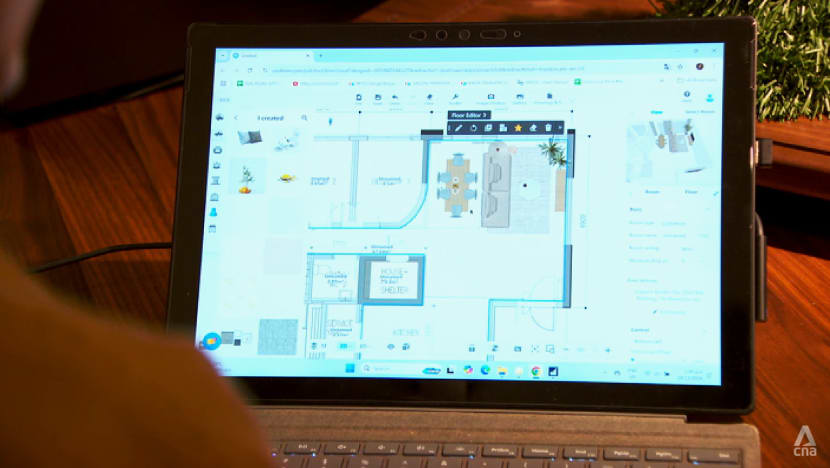 Local furniture shop Commune uses a 3D visualisation platform that lets customers upload their floor plans and see how various furniture pieces would look in their homes.
Local furniture shop Commune uses a 3D visualisation platform that lets customers upload their floor plans and see how various furniture pieces would look in their homes.
REINVENTING SINGAPORE’S RETAIL SCENE
Observers said tapping technology such as augmented reality and artificial intelligence has become even more important for retailers now, as customer expectations have evolved.
“E-commerce is here to dominate for convenience, but people still crave human interaction, emotional engagement, exploring the physical space (and) interacting with people,” said Dr Samer Elhajjar, a senior marketing lecturer at the National University of Singapore's Business School.
“That's why experiential retail gives the store a way to differentiate themselves and to remain relevant in the digital environment.”
As customers today value engagement and personalisation, retailers need to focus on transforming the in-store experience for shoppers, he added.
The Singapore Retailers Association (SRA) has also urged retailers to offer unique shopping experiences to attract customers and stave off competition from other markets like Johor Bahru.
“We encourage our members to continue on the direction of creating experiential retail in Singapore, so that consumers or even tourists come here as a go-to place,” the association’s president Ernie Koh told CNA.
This comes as industry players believe the Johor Bahru-Singapore Rapid Transit System (RTS) Link will take a slice of the consumer market away from Singapore. It is expected to begin service by the end of next year.
“We anticipate that we will see many of our consumers taking a train over to Malaysia, do their necessary shopping and come back,” said Mr Koh.
“Also, we anticipate (there will be purchases of) high-ticket items, where you go in and you order, and you don't have to bring it back… the vendor will ship it to you.”
PUSH FOR MORE FOREIGN WORKERS
The SRA is also pushing to increase retailers’ ability to hire more foreign workers to tackle the industry’s labour shortage.
“A lot of Singaporeans are not too favourable in (being) a frontline retailer, so it (has) to be supplemented by foreign workers in the service industry,” said Mr Koh.
“But the issue with that is the dependency ratio ceiling (DRC) within the retail sector is limited at 35 per cent,” he added, referring to the maximum ratio of foreign workers to the total workforce that a company in a given sector can employ.
The quota for the services sector, including retail, is currently set at 35 per cent.
Mr Koh urged the government to consider raising the sector’s DRC, to at least be on par with the manufacturing sector’s ratio of 60 per cent.
“That will help us to alleviate the manpower availability issue,” he noted.
He also touched on the sector’s rising costs, calling for more government support especially for the smaller businesses.
On the outlook ahead, Mr Koh said retailers have to rethink their business models and reinvent themselves.
“If we, as a retail industry, do not change, we will (face) a lot of challenges,” he added.





